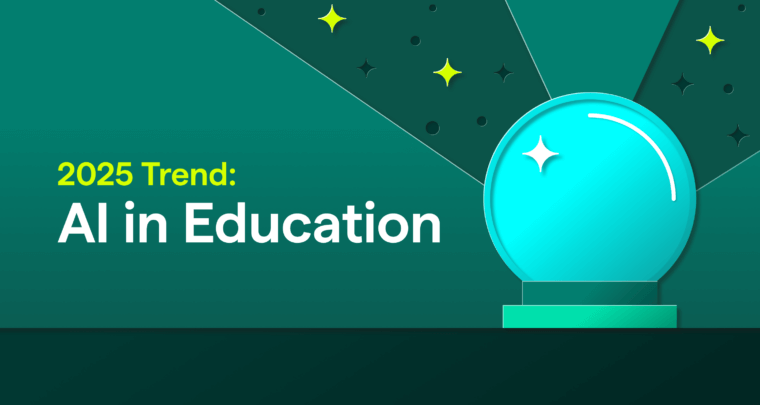
As is always the case with paradigm-shifting technologies, generative artificial intelligence (AI) has raised both opportunities and challenges for many industries, including education. Questions have been raised around tools that have the ability to cogently create text: Does this open the floodgates for cheating, signaling the end of independently completed academic assignments? How should educators respond to this?
Just as what happened with the advent of search, the dust will settle and before long, concerns around the future of learning as it relates to this new technology will no longer seem relevant. The real challenge for educators and administrators is how to effectively incorporate these capabilities into the educational system to better prepare students for life after graduation. Although each institution’s approach will vary, we believe these key pillars can help guide the effective incorporation of generative AI in education:
1 Embrace and encourage the use of generative AI. Knowing how to leverage generative AI is going to be an essential skill for graduates in the very near future. While exceptions can and should be made for cases where its use can detract from the purpose of the assignment, infusing generative AI tools into courses and curricula can enhance learning outcomes and career readiness.
2 Prepare students to succeed in the evolving workplace. Generative AI is already being embedded into many of the tools professionals regularly use across virtually every industry. But making the most of this transformative technology requires learning how to leverage it in a way that maximizes efficiencies and augments expertise, instead of carelessly using it to cut corners.
3 Level the playing field for your students by incorporating it into the teaching process. Generative AI provides real-time, 1:1 support to students with differing needs due to, for example, a different background (e.g., ESL or different cultures) or different learning styles and abilities. And by providing this opportunity for your entire institution, you create equity that more expensive mentorship and tutoring cannot.
4 Lean into non-written assessment formats. For most areas of study, papers are not the only effective way to prepare students for their future. Consider how real life happens—working in teams, creating projects, defending ideas verbally—and incorporate new, practical, and more engaging ways to assess comprehension and mastery.
5 Give students any technological advantage you can and teach them to use it responsibly and effectively. Academic integrity is a human issue, not a technological one. Much like with the internet and plagiarism, educators need to create guardrails for students (such as citation requirements) and equip them with tools to help them check their compliance. After that, it’s up to students to ensure they are following their institution’s policy and working with ethical intent.
Generative AI is here to stay, but that doesn’t mean AI holds the reins to human development. Humans do. And we can harness its potential responsibly as a society.
For our part, Grammarly is committed to the responsible innovation and development of AI that puts our users first and encourages students to apply academic integrity that facilitates learning and education. Rather than making it easy to skip the critical thinking and comprehension component of writing, our products are designed to nudge students toward using technology in ways that enhance their education.
We never sell user data. We filter generative AI and natural language suggestions with the aim of preventing hate speech and other forms of dehumanization. Our team of analytical linguists is central to our product design and development. They apply peer-reviewed research and human expertise to our machine learning models to minimize bias. Every new feature undergoes a rigorous risk assessment process, including a hands-on review by our team of human experts.
My co-founders and I have spent more than a decade building a product to help our users write and communicate with confidence. With our generative AI assistance, we will not only help students gain confidence in the final revision stages, but we’ll also be there to assist as soon as they have the smallest idea that they want to put into words. What a time to write—to think, to explore, to learn.
We hope you will try Grammarly’s generative AI yourself and share your thoughts. We’ll be waiting to hear from you at hello@grammarly.com.






